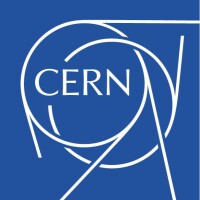Giacomo Biagetti Review of CERN - Centre Européen de Rech...
The LHC scientific program includes six experiment...
The LHC scientific program includes six experiments. The two largest experiments are ATLAS [14] (A Toroidal LHC ApparatuS) and CMS [15] (Compact Muon Solenoid) which are huge and advanced technology detectors made by international collaborations involving over 2,000 physicists. The LHCb experiment is instead designed to study the physics of B mesons, while ALICE [16] is optimized for the study of heavy ion collisions. The two smaller detectors are TOTEM [17] and LHCf [18], specialized to study the collisions that produce particles at a small angle with respect to the direction of the beams.
The first beam of protons circulated in the accelerator on 10 September 2008 in the morning. [19] The particles were fired in the accelerator clockwise at 10:28 local time [20] and a beam of protons was fired counterclockwise at 2.59 pm later.
The first "modest" 900 GeV high-energy collisions would have taken place in the first days of the week of September 22, 2008. Starting from October 12, 2008, before the official inauguration (October 21, 2008), the LHC would already have had to operate at an energy of 1 TeV [21] and in 2009 it should have reached the energy of 7 TeV. However, the times were rather extended, since on September 19, 2008 a fault occurred, which kept the accelerator stopped for several months.

Comments: